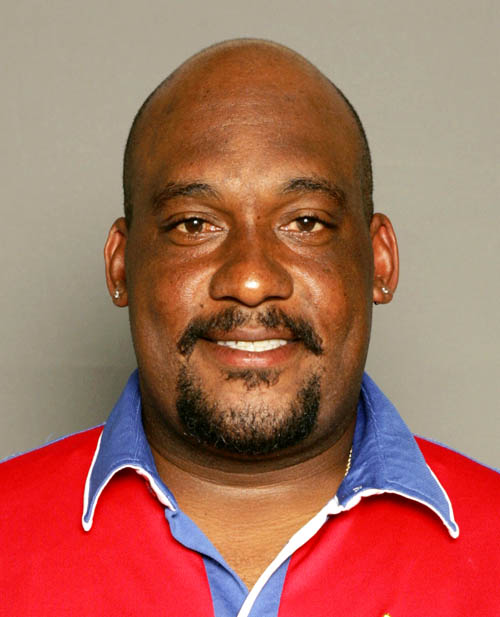 With the Cricket World Cup coming to its conclusion, I thought it was time to do a story on some interesting scientific aspects of cricket that have arisen recently.
With the Cricket World Cup coming to its conclusion, I thought it was time to do a story on some interesting scientific aspects of cricket that have arisen recently.
Dr Duffield and Dr Marc Portus, the Sports Science Manager of Cricket Australia, have studied the effects of international cricket on the body.
During a test century, which takes on average three and a half hours of batting, a batsman will stand still for two hours, walk for an hour, jog for ten minutes, spend only five minutes running hard, and about a minute and half sprinting.
 It seems that the key to being a good cricketer is lots of net practice to keep the skill base high, the ability to tackle the psychological aspects of the game, and plenty of natural talent.
It seems that the key to being a good cricketer is lots of net practice to keep the skill base high, the ability to tackle the psychological aspects of the game, and plenty of natural talent.
“Physical conditioning and muscle training is not going to necessarily improve your performance in cricket,” Dr Duffield said. “Having a high oxygen consumption or a faster twenty metre sprint time doesn’t mean you are going to be able to bowl better, or get more wickets, or score a century.”
This does not mean, however, that you can be completely unfit and compete at the highest level. It seems the fitter you are, the less likely you are to succumb to injury, and the quicker you recover from fatigue. This helps maintain performance throughout a long day’s play, or over a five day test match.
For more info, check out the CSU report.
Barbados recently hosted Third World Congress of Science and Medicine in Cricket.
The aims of the Congress are to:
- To provide a state of the art review of the basic, applied and clinical sciences as they relate to cricket and the impact of cricket on society.
- To provide a forum for integrating knowledge from the contributing sciences which address key areas in the prevention and management of cricket injuries and the enhancement of performance.
- To identify those areas where our scientific understanding is incomplete and to encourage discussions of the challenges that face all involved in the advancement of the game of cricket.
- To provide a forum for the dissemination of scientific information relating to cricket.
The congress attracted doctors, coaches, therapists, psychologists and sports trainers who all shared information regarding the fitness and abilities of cricketers.
Dr Llewellyn Harper, one of three doctors on the medical board panel of the West Indies Cricket Board, stated that the West Indies team had become very fit over the last decade, however had suffered because, in general, fitness was not given the recognition it deserved.
“The West Indies are definitely a better team in terms of physical fitness,” he said. “What the players need to do now, is take ownership of the regimes that we have put in place, so that level of preparation can be maintained. They are interested in making their careers longer, so they are aware of what they have to do, and how often they have to do it.”
For more info, check out the congress website
 Stupid Stats
Stupid Stats Matches played 11, Innings 1, Not Outs 0, Runs 11, Highest Score 11, Average 11.00, Balls faced 10, Strike Rate 110.00, Hundreds 0, Fifties 0, Fours 1, Sixes 1, Catches 1, Stumpings 0.



